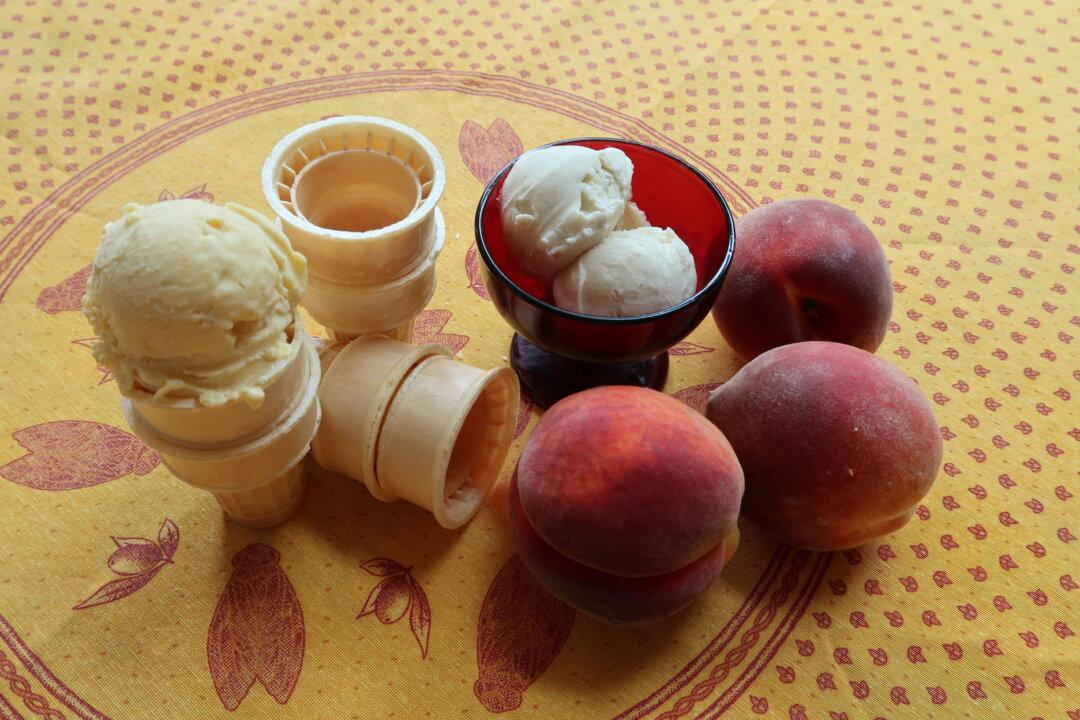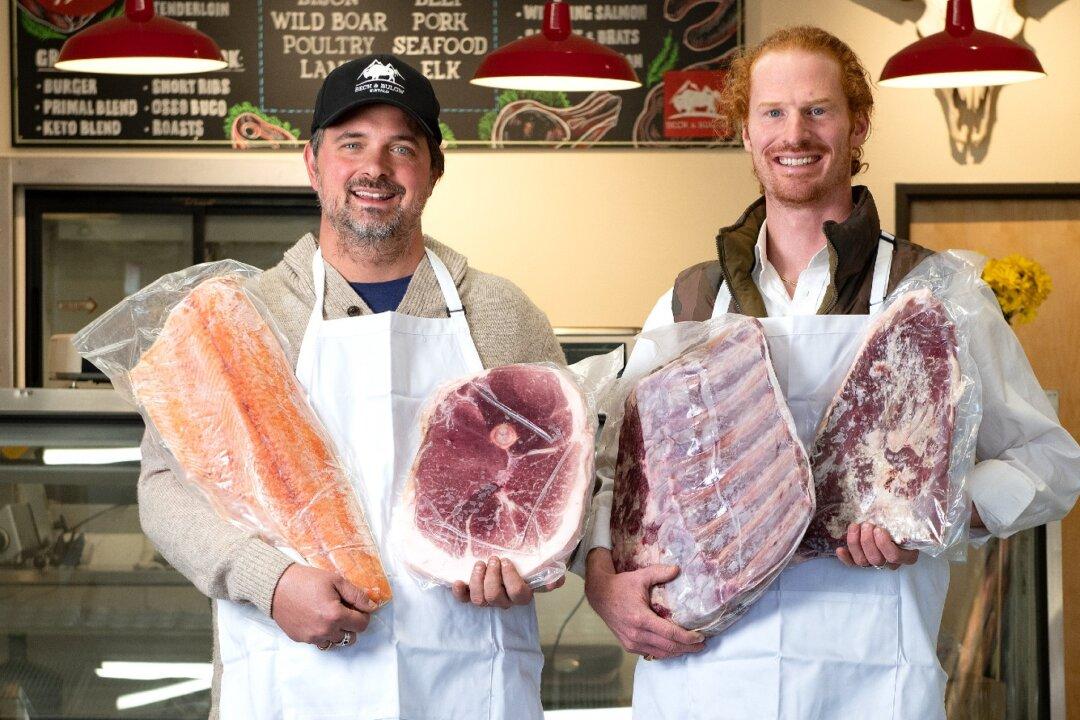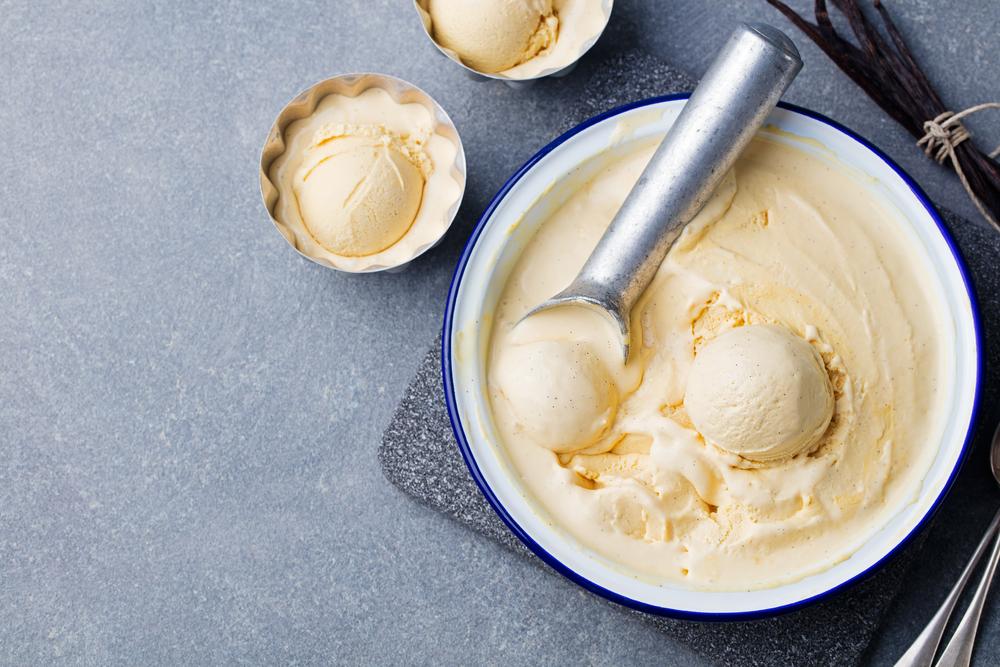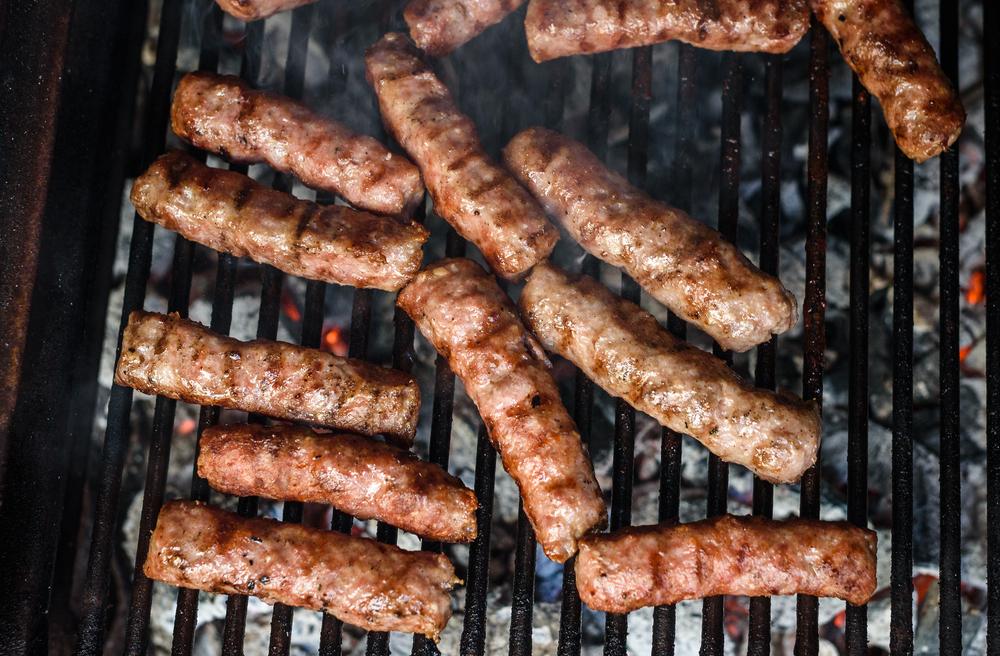Thomas Jefferson first encountered ice cream as the ambassador to France, and brought back a special French ice cream maker, called a sorbétière, to Monticello. Ice was harvested from the Rivanna River in the winter and stored in Monticello’s ice house, then used throughout the year to preserve meat and butter, but also to chill wine and make ice cream. (Jefferson lamented not being able to get real vanilla beans for his dessert.)

Thomas Jefferson's ice cream recipe. Library of Congress, Manuscript Division





